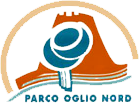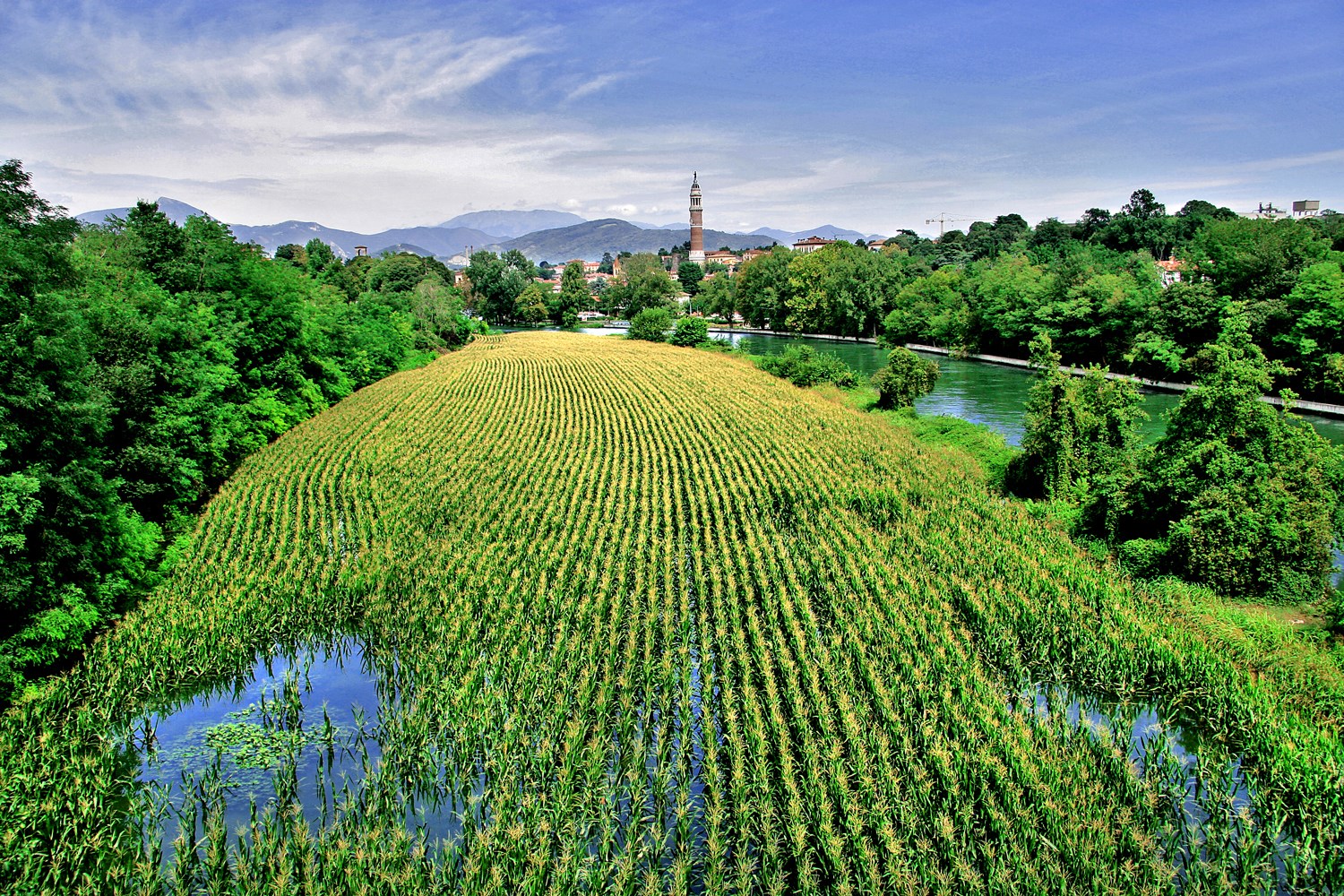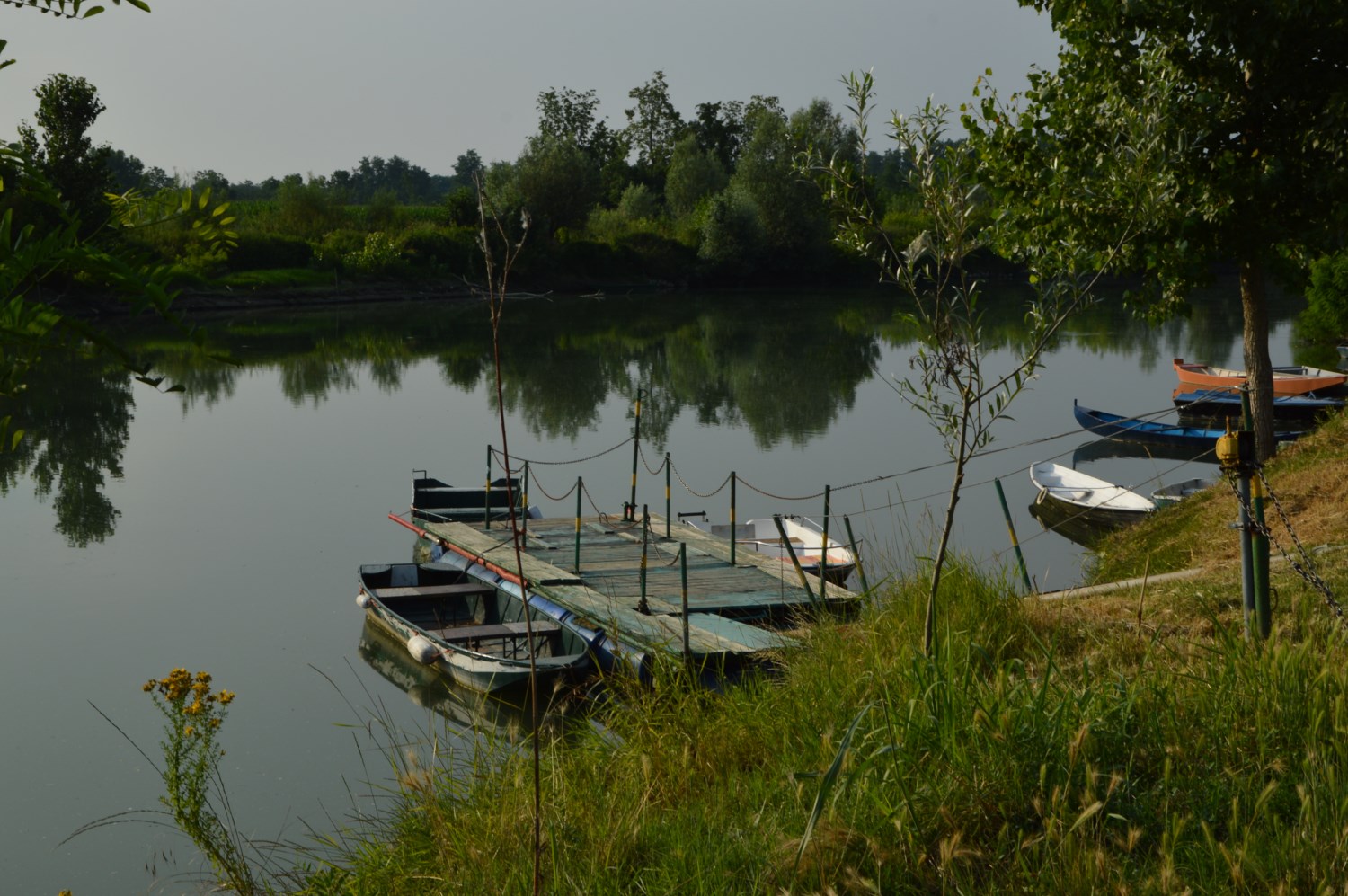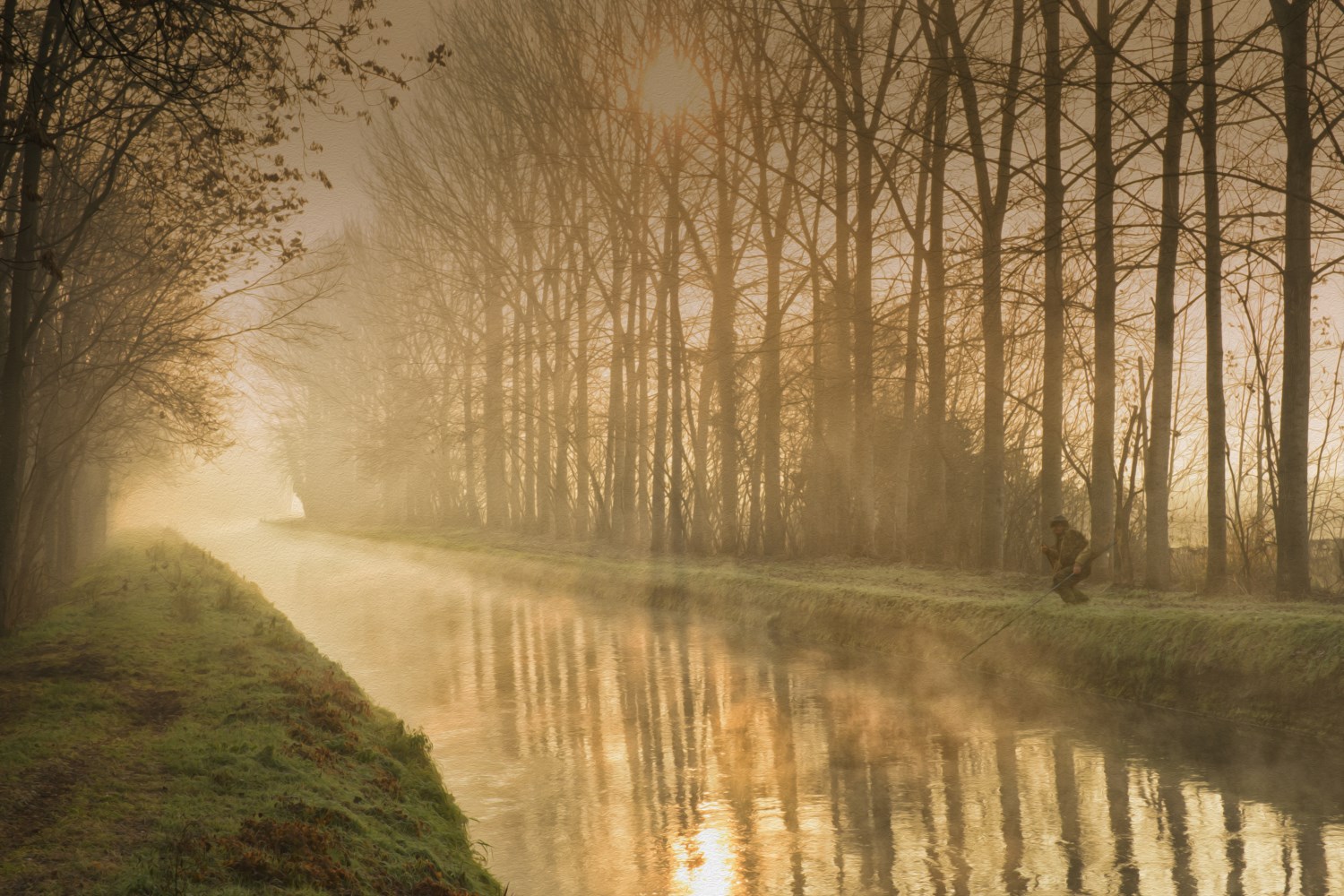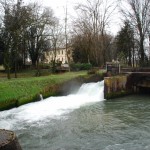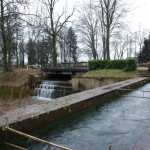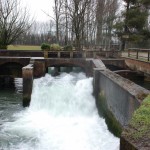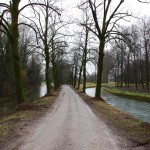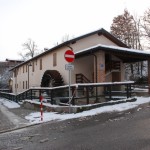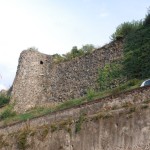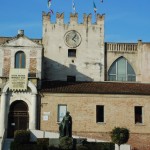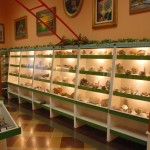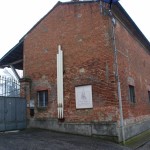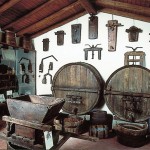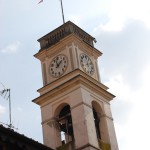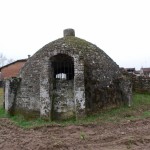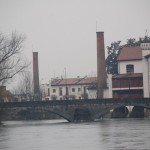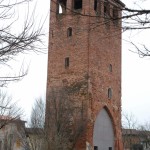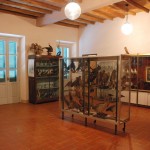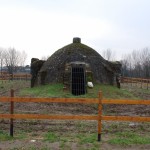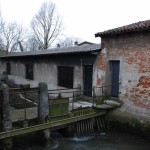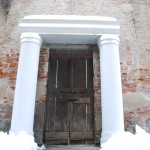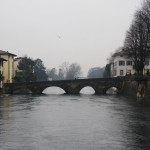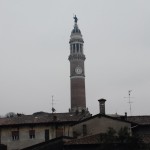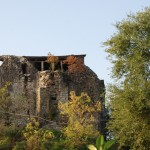Museums and places of interest
Tombe Morte and Tredici Ponti
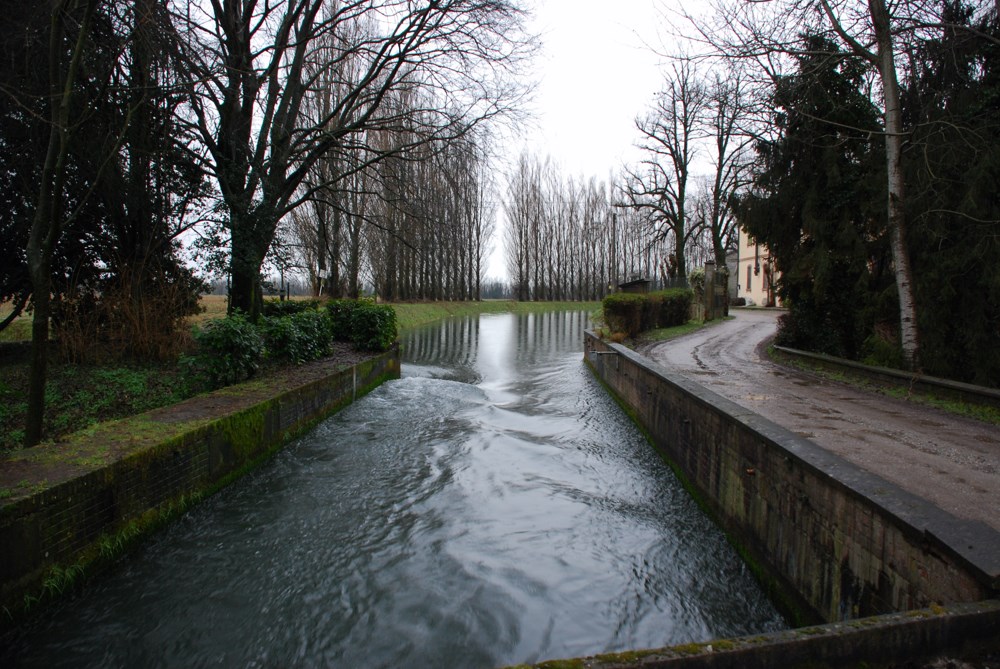
Latitudine: 45.332963
Longitudine: 9.858547
Genivolta’s very striking hydraulic mechanism is known as the Tombe Morte – Tredici Ponti. The overall picture is quite fascinating: a tangle of canals, sluices, sewers, locks, drains, bridges, traps, dispensers, dischargers, collectors and dividers all concentrated into the space of just 200 steps. This is the most important hydraulic hub for the concentration of artificial waterways in the province of Cremona, designed to irrigate fields. The Naviglio of Cremona and the Grande Pallavicino Naviglio, both canals originating from the River Oglio, the irrigation channels originating from the artificial springs located along the boundary line between the provinces of Cremona and Bergamo and the Vacchelli canal, which carries the waters of the River Adda all merge here. The name Tombe Morte probably derives from the presence here of one or more artefacts (tombe, or culverts, and tombini, drains) which have now fallen into disuse. During the 12th century a considerable amount of water that came from the open fountains in the Cremona area, was channelled into the Naviglio Vecchio, towards Cremona. The canal, which then received water drawn from the Oglio at Calcio, was adapted for navigation in the 14th century, thus becoming the current Naviglio Civico of Cremona. The Naviglio Grande Pallavicino is the main canal in the irrigation network of the Condominio Pallavicino, made up of a series of waterways with different origins and brought together in a single property by Galeazzo I Pallavicino in the 16th century. Supplied by the Oglio between Calcio and Pumenengo, it later received the contribution of several open springs along the stretch that is now known as the Lower Province of Bergamo (the area between the upper and lower Lombardy plain). At the Tombe Morte, the Vacchelli canal, constructed just after the unification of Italy, dispenses its waters into the Naviglio Civico and the Grande Pallavicino, as well as to a group of irrigation channels that flank these, thus transforming the Adda into the most generous source of water for Cremona’s lands. A drainage channel, known as the Scolmatore, or floodway, of Genivolta, overflows into the Oglio in the event of flooding.
